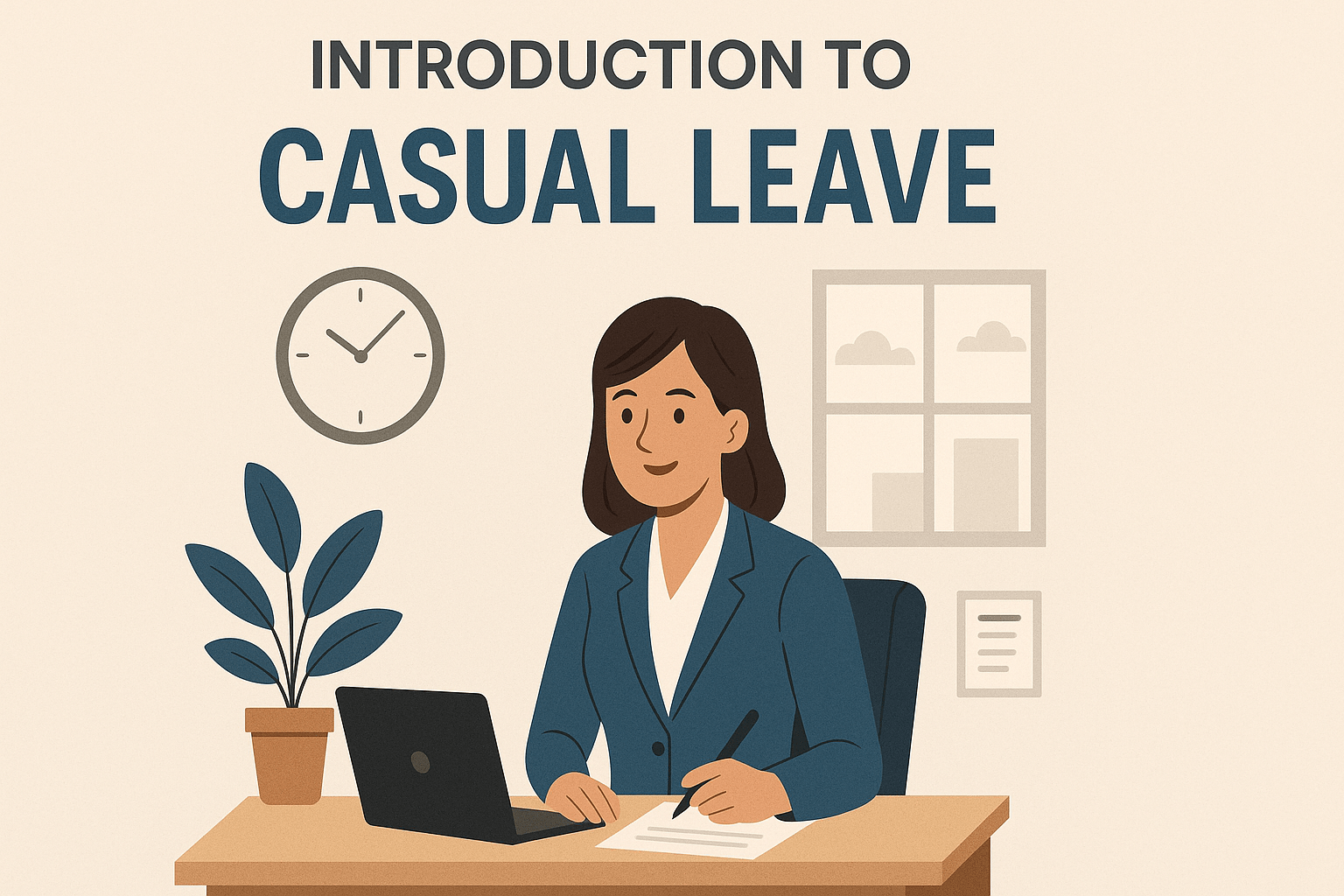Many businesses find the subject of staff sick pay to be confusing enough, without throwing part-time workers into the mix as well. Do part-time workers actually get sick leave? If so, how much do they get compared to your full-time staff?
To clear up some of the confusion, this post looks into sick pay entitlement for part-time employees.
When is someone classified as a part-time employee?
First off, it’s important to note that there’s no strict definition of what makes someone a full-time or part-time worker. That being said, an employee is generally considered full-time when they work 35 hours or more a week. In contrast, a part-time worker is someone who works less than 35 hours per week.
However, overtime hours don’t affect the employee’s classification: if they happen to work more than 35 hours on certain weeks, they’re still considered a part-time worker.
Are part-time staff entitled to sick pay?
In short – yes, part-time staff are entitled to sick pay. It’s stipulated by law that part-time workers receive the same treatment as their full-time counterparts, which includes annual leave (albeit on a pro-rated basis), maternity leave, sick pay and all other perks of employment.
At a minimum, part-time workers will be entitled to statutory sick pay (SSP) – which companies are legally obliged to pay their employees when they’re on sick leave. Eligible employees receive statutory sick pay of £95.85 per week, for up to 28 weeks. For an employee to be eligible for SSP, they:
- Must have an employment contract
- Must earn an average of at least £120 per week
- Must have been ill, self-isolating or ‘shielding’ for at least 4 days in a row (which includes non-working days)
- Have informed you of their illness by a deadline set by your company.
In addition to SSP, part-time staff should also qualify for your company’s sick pay scheme, if you have one. Employee eligibility, how long they’ll be able to claim, how they receive payments, and other similar details are at your company’s discretion. Such details, however, need to be accessible by employee, so you should lay them out it in your sickness absence policy and terms of employment.
Also, if the employee isn’t contracted for any hours, they’re classified as a zero-hour contract worker, as opposed to part-time, and are treated differently. Zero-hour workers are still entitled to the same statutory sick pay as other employees, as long as they’ve worked enough hours to reach the £120 threshold. However, they have to reach said threshold with the same employer; so, if they two different jobs, they can’t combine hours from both to qualify for SSP.
Tracking sickness absences
As employees are only entitled to statutory sick pay for 28 weeks (within a three-year period), you need to track their sickness absences to ensure they receive it for the correct length of time. This is especially true of part-time workers as their absence may be less obvious compared to your full-time staff. For instance, it’s harder to recall from memory when a part-time employee was off sick and if they weren’t working that day.
Schedule Leave is staff absence management software that simplifies the tracking of sick days, annual leave, and every other type of absence. Sign up for your free trial today.




